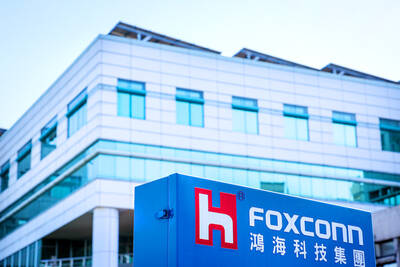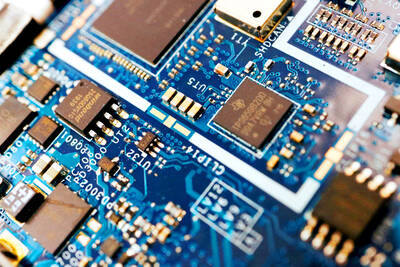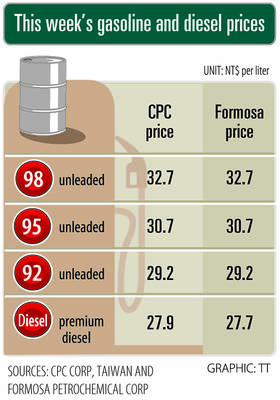Hong Kong is starting a program next year to give residency to people who invest HK$30 million (US$3.8 million) in the territory as it steps up efforts to revive its status as a financial center and bolster revenue.
The plan, scheduled to start in the middle of next year, includes a mandatory HK$3 million investment into a portfolio run by Hong Kong Investment Corp to support local technology and innovation. Other eligible assets include stocks, debt securities and funds. Industrial and commercial real estate are capped at HK$10 million. Residential real estate is excluded.
The move is expected to bring in HK$120 billion annually, Hong Kong Secretary for Financial Services and the Treasury Christopher Hui (許正宇) said on Tuesday.

Photo: Bloomberg
He said he estimates that 4,000 people could participate per year.
It is the latest move to attract talent and capital as the territory is facing fierce competition from peers including Singapore. In addition to population outflow amid political clampdowns, Hong Kong is also seeing dwindling revenue from land sales due to a slump in the property market.
Known as the Capital Investment Entrant Scheme, the plan was announced during Hong Kong Chief Executive John Lee’s (李家超) policy address in October.
The scheme was previously implemented in 2003 to stimulate economic growth, before being halted in 2015. The relaunch underscores how the years-long COVID-19 pandemic and ensuing economic slowdown are prompting the Hong Kong government to seek new avenues of growth.

Hon Hai Precision Industry Co (鴻海精密) yesterday said that its research institute has launched its first advanced artificial intelligence (AI) large language model (LLM) using traditional Chinese, with technology assistance from Nvidia Corp. Hon Hai, also known as Foxconn Technology Group (富士康科技集團), said the LLM, FoxBrain, is expected to improve its data analysis capabilities for smart manufacturing, and electric vehicle and smart city development. An LLM is a type of AI trained on vast amounts of text data and uses deep learning techniques, particularly neural networks, to process and generate language. They are essential for building and improving AI-powered servers. Nvidia provided assistance

DOMESTIC SUPPLY: The probe comes as Donald Trump has called for the repeal of the US$52.7 billion CHIPS and Science Act, which the US Congress passed in 2022 The Office of the US Trade Representative is to hold a hearing tomorrow into older Chinese-made “legacy” semiconductors that could heap more US tariffs on chips from China that power everyday goods from cars to washing machines to telecoms equipment. The probe, which began during former US president Joe Biden’s tenure in December last year, aims to protect US and other semiconductor producers from China’s massive state-driven buildup of domestic chip supply. A 50 percent US tariff on Chinese semiconductors began on Jan. 1. Legacy chips use older manufacturing processes introduced more than a decade ago and are often far simpler than

STILL HOPEFUL: Delayed payment of NT$5.35 billion from an Indian server client sent its earnings plunging last year, but the firm expects a gradual pickup ahead Asustek Computer Inc (華碩), the world’s No. 5 PC vendor, yesterday reported an 87 percent slump in net profit for last year, dragged by a massive overdue payment from an Indian cloud service provider. The Indian customer has delayed payment totaling NT$5.35 billion (US$162.7 million), Asustek chief financial officer Nick Wu (吳長榮) told an online earnings conference. Asustek shipped servers to India between April and June last year. The customer told Asustek that it is launching multiple fundraising projects and expected to repay the debt in the short term, Wu said. The Indian customer accounted for less than 10 percent to Asustek’s

Gasoline and diesel prices this week are to decrease NT$0.5 and NT$1 per liter respectively as international crude prices continued to fall last week, CPC Corp, Taiwan (CPC, 台灣中油) and Formosa Petrochemical Corp (台塑石化) said yesterday. Effective today, gasoline prices at CPC and Formosa stations are to decrease to NT$29.2, NT$30.7 and NT$32.7 per liter for 92, 95 and 98-octane unleaded gasoline respectively, while premium diesel is to cost NT$27.9 per liter at CPC stations and NT$27.7 at Formosa pumps, the companies said in separate statements. Global crude oil prices dropped last week after the eight OPEC+ members said they would